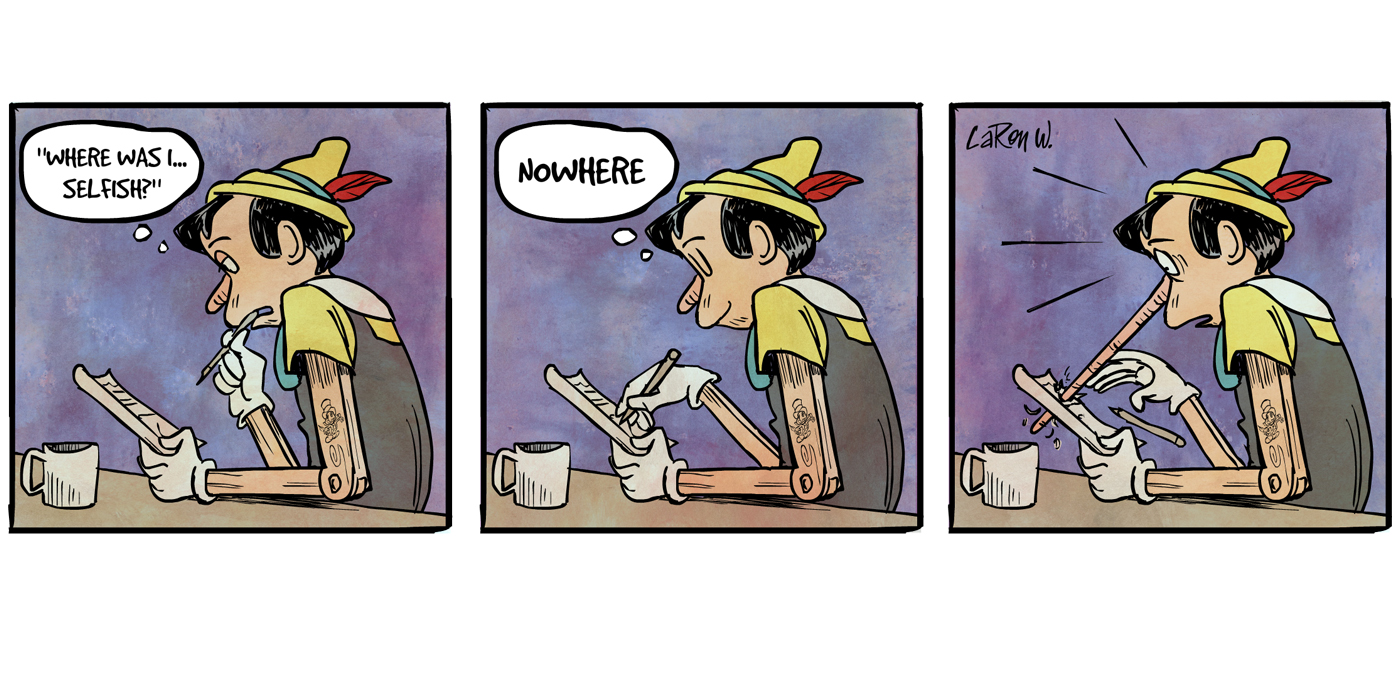This is what Step 4 is designed to achieve. The question “What was my part?” is not designed to blame the victim who has a resentment against a wrong that was done to them. The question goes to what part of me is broken that keeps this pain alive? How have I taken myself out of the land of the living because of this resentment?
When it comes to a married adult man with kids who hugged me, grabbed my 13-year-old rear, and made a sexual comment comparing me and my older sister, naturally I had resentment. A legitimate one. But I found myself at 45 still resenting something that happened 29 years ago.
What was my part? My sponsor helped me see that my part was feeling spiritually and morally superior to him. It kept me forever in the judgement seat where I repeatedly sentenced him and condemned him to an eternity in the prison of my contempt. Unfortunately, the more I kept him in jail, the more I had to stay in that jail as his warden. I didn’t want to be a prisoner any more. By surrendering that resentment to God, I became free.
Beyond surrendering resentments to God, I also surrender them to people. On my worst day in recovery, I texted 27 people before 9:30 am for support. Many things had been burning me up for years. The BB says to be “fearless and thorough,” and 12&12 emphasizes how great is “the need to quit living by ourselves with those tormenting ghosts of yesterday … things which really bother and burn us … distressing or humiliating memories.”
By regularly “turning over” my inventory to recovery partners daily, I come to see when my reactions are irrational. I become more willing to surrender both the harms done to me, as well as my reactions to those harms. When the pain comes back, I pray and ask my Higher Power, what I should think, be, do, and feel instead. That shifts my attention to receive power to live another day.
Rina R., New Jersey, USA






